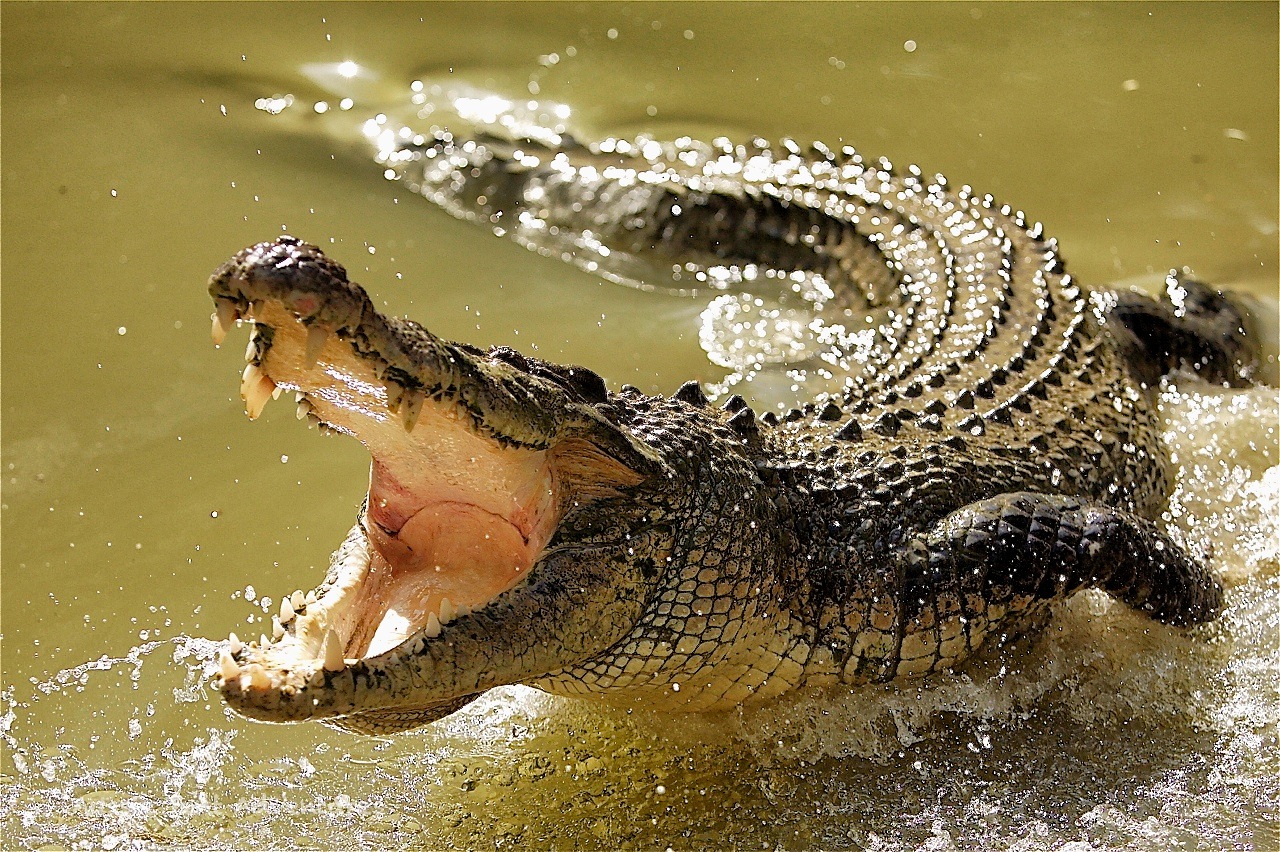The Mighty Crocodile: Exploring the Apex Predator of Waterways
The Mighty Crocodile: Exploring the Apex Predator of Waterways
Abstract:
Crocodiles, formidable reptiles of the order Crocodylia, are apex predators renowned for their powerful jaws and ancient lineage. Found in tropical regions across the globe, these semi-aquatic predators play crucial roles in ecosystem dynamics and cultural narratives. This comprehensive article delves into the fascinating world of crocodiles, examining their evolutionary history, physical adaptations, ecological significance, behavioral traits, and conservation challenges.
1. Introduction:
Crocodiles, with their prehistoric features and predatory prowess, have long captured the imagination of humans. From ancient myths to modern scientific studies, these enigmatic reptiles continue to fascinate and intrigue.
2. Taxonomy and Distribution:
Belonging to the order Crocodylia, crocodiles encompass several species, including the Nile crocodile (Crocodylus niloticus), American crocodile (Crocodylus acutus), and saltwater crocodile (Crocodylus porosus). They inhabit a range of aquatic habitats, from freshwater rivers and lakes to brackish estuaries and coastal mangroves.
3. Morphological Adaptations:
Characterized by their elongated bodies, armored scales, and formidable jaws, crocodiles are supremely adapted for a semi-aquatic lifestyle. Their streamlined forms enable efficient movement through water, while sensory organs such as nostrils and eyes facilitate hunting and navigation.
4. Ecological Roles:
As apex predators, crocodiles exert significant influence on ecosystem structure and function. By regulating prey populations and shaping habitat dynamics, they play crucial roles in maintaining ecological balance and biodiversity.
5. Feeding Behavior:
Crocodiles are opportunistic feeders, preying on a wide range of animals, including fish, birds, mammals, and even other reptiles. Their ambush hunting strategy, coupled with lightning-fast strikes, ensures successful predation with minimal energy expenditure.
6. Reproductive Strategies:
Breeding typically occurs during the dry season, with females constructing nest mounds and laying clutches of eggs. After an incubation period of several months, hatchlings emerge and embark on a perilous journey to water, facing predation from numerous predators along the way.
7. Conservation Status:
Despite their iconic status, many crocodile species face threats from habitat loss, human persecution, and poaching for their valuable skins. Conservation efforts aim to mitigate these risks through habitat protection, captive breeding programs, and community engagement initiatives.
8. Cultural Significance:
Crocodiles feature prominently in the myths, folklore, and religious beliefs of numerous cultures worldwide. Revered as symbols of power, wisdom, and longevity, they occupy a central place in cultural narratives spanning centuries.
9. Human-Crocodile Conflict:
As human populations expand and encroach upon crocodile habitat, conflicts inevitably arise, resulting in incidents of attacks on humans and livestock. Mitigating these conflicts requires a multifaceted approach, encompassing habitat management, education, and community-based conservation.
10. Research Challenges and Future Directions:
Continued research into crocodile biology, behavior, and ecology is essential for informed conservation decision-making. By leveraging advances in technology and interdisciplinary collaboration, scientists can unlock new insights into the lives of these ancient predators and ensure their long-term survival in a rapidly changing world.
11. Conclusion:
In conclusion, crocodiles stand as iconic representatives of Earth's prehistoric past and vital components of its present-day ecosystems. Through concerted conservation efforts and public awareness, we can safeguard these majestic reptiles for future generations to admire and appreciate.
Kaynakça
- ^ "Order Crocodilia: The Crocodillians of the World - Untamed Science". untamedscience.com. 15 Mart 2017 tarihinde kaynağından arşivlendi. Erişim tarihi: 3 Temmuz 2021.
- ^ a b "Crocodylia". paleobiodb.org. 7 Eylül 2021 tarihinde kaynağından arşivlendi. Erişim tarihi: 7 Eylül 2021.
- ^ "Crocodilia". ITIS.










































